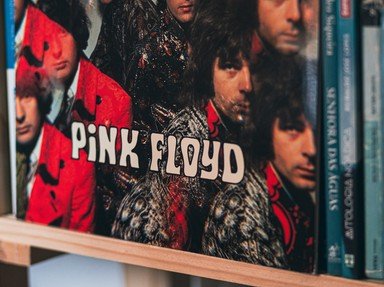Quiz Answer Key and Fun Facts
1. This track opens with the names of the planets being read through a megaphone.
2. The title of this track is a reference to Syd Barrett's Siamese cat.
3. The lyrics for this track contain multiple references to fairy tales.
4. This track, which evokes a carefree day, describe someone lying on an eiderdown, sitting on a unicorn, and sleeping on a dandelion.
5. This track is an instrumental (featuring piano) with assorted types of vocal input.
6. The first verse of this track includes repeated interjections of "Doctor, Doctor".
7. This song tells the story of a little man named Grimble Grumble.
8. The lyrics of this track were inspired by the part of the 'I Ching' where the significance of returning is explained.
9. This track had already been released as the B side of their earlier single 'See Emily Play'.
10. In this track, the singer also shows his girl a cloak and a mouse called Gerald.
Source: Author
looney_tunes
This quiz was reviewed by FunTrivia editor
agony before going online.
Any errors found in FunTrivia content are routinely corrected through our feedback system.
